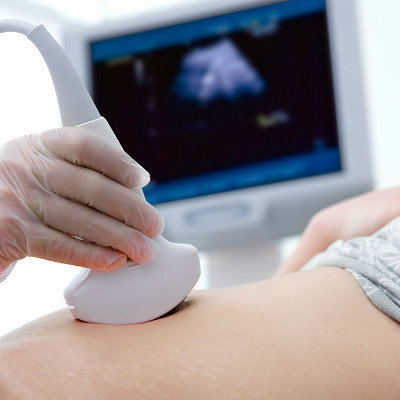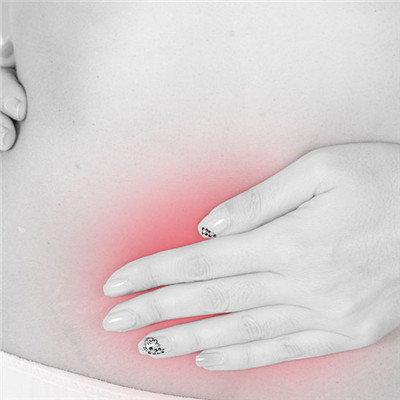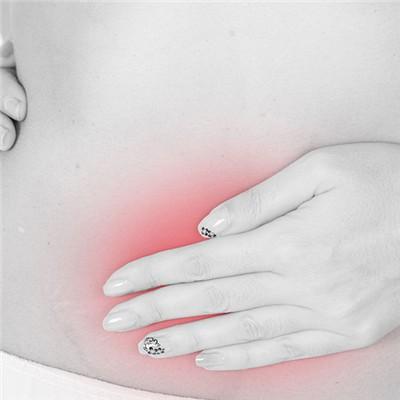What is abnormal fetal position?
summary
Female friends in pregnancy, we are more worried about the health and safety of the fetus, if it is abnormal fetal position, it will bring great harm and pain to pregnant women friends, so what are the common abnormal fetal position, let's understand its related content.
What is abnormal fetal position?
The correct sequence of normal fetal birth should be the head first, if the lower body first, or even the shoulder, arm and other parts first, it is called "fetal position is not correct". The most common is the so-called breech position, that is, the direction of the fetal buttocks toward the cervix and birth canal. Other positions such as oblique or transverse position (fetal shoulder or trunk position toward the birth canal) are less, but the risk is not small. This is only the most rough classification. In fact, in production, only those who give birth at the back of the head first are the easiest way to produce. Other methods are easy to cause more or less danger in the production process or prolong the production process.

In terms of gestational weeks, the incidence of fetal malposition is not the same, or even quite different. In the first three to four months of pregnancy, these developing fetuses are still very small, which can be said to be floating in the amniotic fluid, and their position is changing at any time. There is no identification of fetal position, which is meaningless. At about 5 months of gestation, nearly half of the fetuses are malpositioned. With the increase of gestational weeks, the rate of fetal malposition decreased rapidly. By about 6-7 months of pregnancy, the rate of fetal malposition has plummeted to about a quarter. At about 8 months, only about 10% of them are malformed. At 9 months of pregnancy, only about 5% of them are malformed. This means that during pregnancy, about 90% of malformed fetuses will automatically turn into normal head, foot and foot positions, and the smaller the number of weeks, the greater the chance. Therefore, in the early stage of pregnancy, you don't need to panic when you hear the doctor tell you that the baby's fetal position is not correct, because judging from the above occurrence rate, the fetal position is quite common, especially in the early stage of pregnancy, even as many as 2 ~ 4 people have a fetal position is not correct.

As for the causes of fetal malposition, they are related to the gestational weeks, the size and shape of the pelvic cavity, the size of the placenta in the uterus and the location of the implantation, the loose abdominal muscles of multiparous multiparous pregnancies, the abnormal amniotic fluid, the too short umbilical cord, etc Whether there are intrauterine tumors (such as uterine fibroids, etc.) or congenital uterine dysplasia (such as bicornate uterus or intrauterine diaphragm) and other factors. But in most cases, the causes of fetal malposition may not be classified, that is, the so-called unknown causes. Generally speaking, obstetricians and gynaecologists think that the diagnosis is almost certain when the fetus is still in the wrong position at 36 weeks of pregnancy. Although there are very few pregnant women who still have the chance to change the fetal position before delivery, if the fetus is still in the wrong position at 36 weeks of pregnancy, they should fully communicate and discuss with the pregnant women and decide the mode of production.

matters needing attention
Pay attention to the shape, color and taste of food, and change the size of food to cause appetite. Try to eat what you want when you can. To reduce the amount of food each time, eat less and eat more. Drink more water, eat more rich in fiber and vitamin B1 food can prevent constipation, so as not to aggravate the symptoms of early pregnancy reaction after constipation. Improving the dining environment can change the mood and arouse the appetite of pregnant women.














